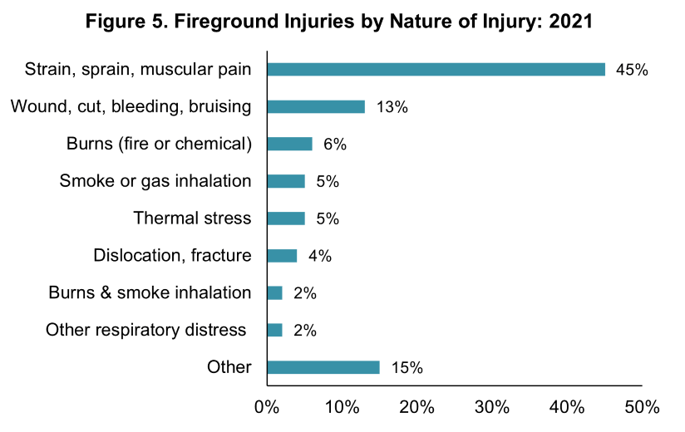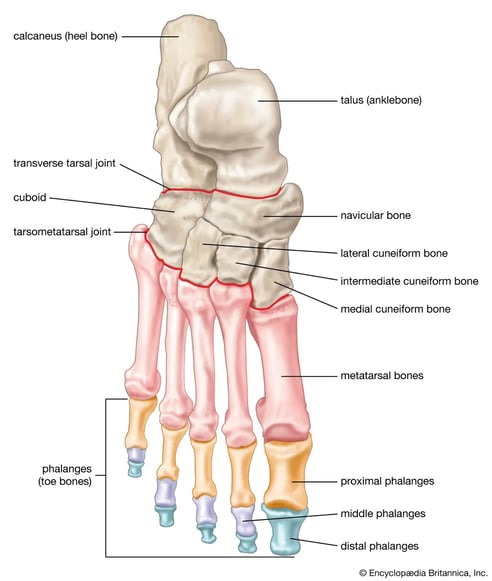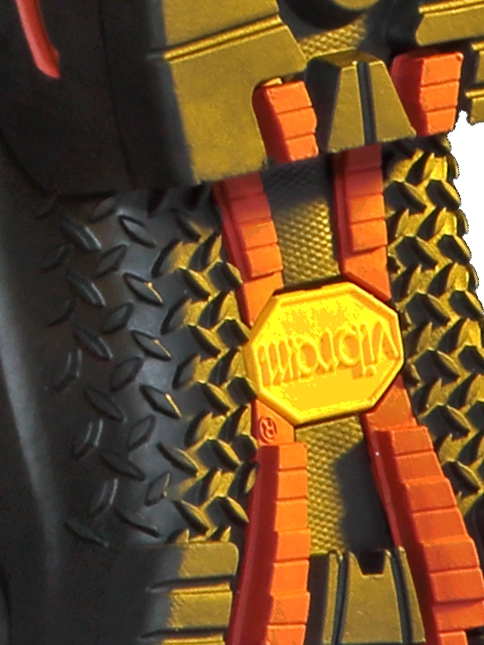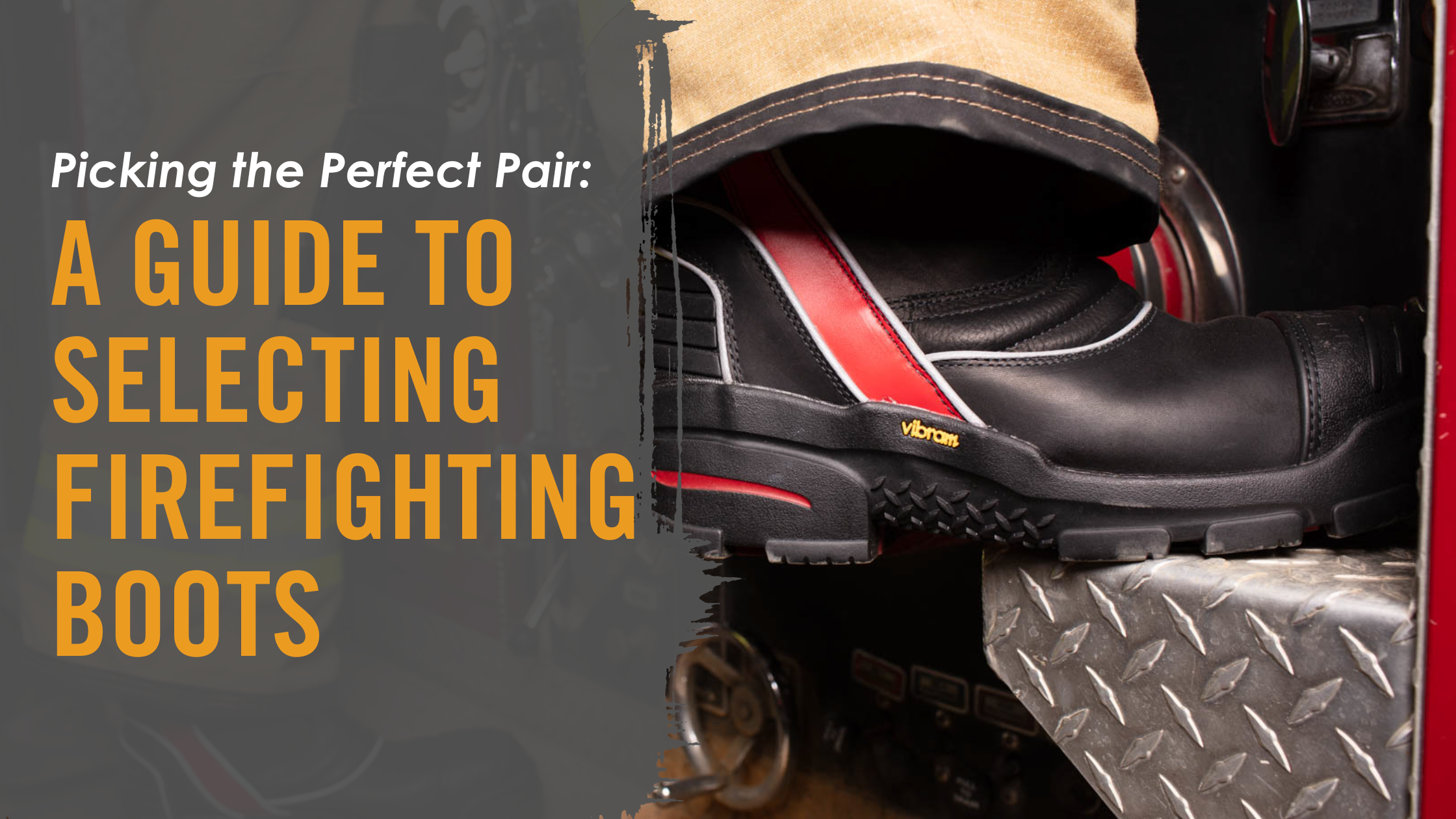When it comes to the demanding role of a firefighter, the choice of structural firefighting boots can be the determining factor between a severe injury and emerging unscathed in the line of duty. Boots certified by the National Fire Protection Association (NFPA) 1971 undergo rigorous testing, ensuring not only protection from heat and flame but also durability, safety, and functionality.
According to the NFPA United States Firefighter Injury Report, the most common injuries during fireground operations encompass strains, sprains, or muscular pain, accounting for 45 percent of incidents, along with wounds, cuts, bleeding, and bruising. That’s why it’s important to select the right firefighting boots to protect against the diverse challenges faced in the unpredictable environment of firefighting.

2021 NFPA United States Firefighter Injuries
In this guide, we'll delve into the five most important considerations when selecting firefighting boots – from temperature resistance to comfort and fit. Let's explore how these factors contribute to your overall safety and effectiveness as a firefighter.
1. Temperature Resistance
In the chaos of an interior fire or the biting cold of an outdoor operation, your boots must stand as an unwavering barrier against extreme temperatures. Opt for top-tier materials such as Vibram®, Kevlar®, or Flame Stop®, for your firefighting boots. These premium leather choices not only provide robust temperature protection but also ensure durability.
2. Puncture and Impact Protection
Consider the intricate anatomy of your foot – a structure comprising of 26 bones, 33 joints, 107 ligaments, and 19 tendons and muscles. In the demanding environment of firefighting, where sharp debris and falling objects pose constant threats, safeguarding your feet becomes paramount. Choose a firefighting boot equipped with an NFPA, CSA, or ANSI compliant steel or composite toe cap. This protective feature serves as a crucial defense mechanism, mitigating the risks of impact, compression, and punctures, ensuring your feet are shielded from potential injuries.

3. Slip Resistance
When surfaces become slick with water, soot, and chemicals, slip-resistant soles are a must-have feature to maintain stability and traction. When making your selection, look for a flame retardant, flexible sole with intricate lug patterns to provide superior grip across various surfaces.

4. Comfort and Fit
A study commissioned by Ordnance Survey (OS) found that the average adult will walk almost 75,000 miles over their lifetime – that's equivalent to travelling around the world three times! That’s why the right boot fit is essential for preventing discomfort, blisters, and fatigue during your long firefighting shifts. Pay attention to factors like padding, arch support, and breathability. Once you’ve found the right boot, gradually break them in to ensure they become a comfortable extension of your body during fireground training or fire rescue calls.
5. Water and Chemical Resistance
Boots with waterproof and chemical-resistant features, such as those made from GORE® CROSSTECH® footwear fabric, will not only protect against external elements but also allow for breathability, ensuring your feet stay dry and comfortable throughout your demanding shifts.
Find Your Fit with the FDXL200 Boot
NFPA certified to 1971 and 1992, the FDXL200 Structural Firefighting Boot outperforms standards with a combination of technologies and materials that make it the ideal companion for demanding firefighter challenges. This boot will have you feeling light on your toes but strong on your feet with the flexibility that's reminiscent of your running shoes!







Leave a Reply